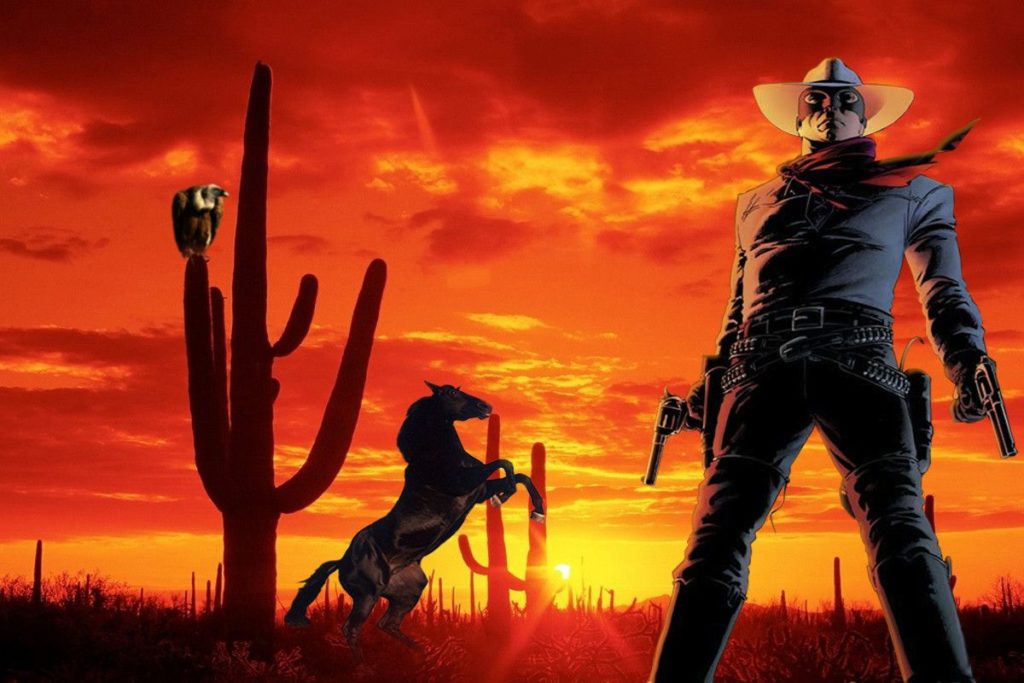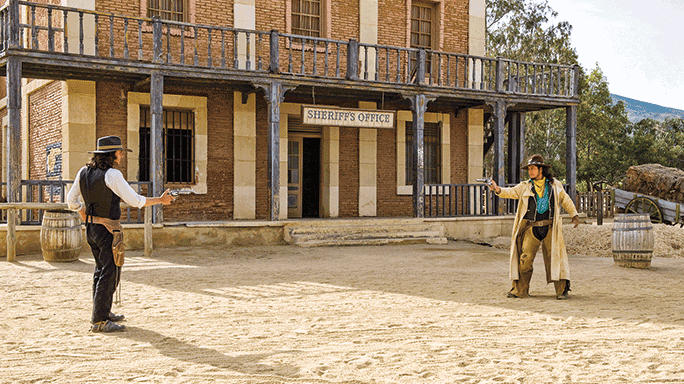
The Wild West. A good friend who was raised in the West but is not a fan of Western lore sent me an article: The Seven Myths About the Wild West. It started me thinking.
We did not have a television until I was 10 years old. I can remember watching many old shows. I decided to name as many of the western television shows that I could recall.
I started naming and naming and the list grew longer and longer. Names and faces came tumbling out of long-term memoryhours. Then I googled western television shows and a few I knew but had overlooked popped up. These are just the ones I remember watching: Gene Autry, Roy Rogers and Dale Evans, Hopalong Cassidy, Lone Ranger, The Adventures of Wild Bill Hickok, The Adventures of Kit Carson, The Cisco Kid, Life and Legend of Wyatt Earp, Maverick, Gunsmoke, Have Gun Will Travel, Rifleman, Rawhide, Wanted Dead or Alive, The Virginian, Bonanza. Cheyenne, Daniel Boone, Davy Crockett, The Wild, Wild West. The Big Valley, Wagon Train, Hondo, Death Valley Days, Judge Roy Bean, and Tales of the Texas Rangers.
Three things struck me: First, how many hours of my life have I watched television westerns? I spent way, way, way too many hours watching westerns on television. When you add what I listened to on the radio before television and all the western movies I’ve seen, I have been deeply involved with western lore as depicted by media.
The second was how many famous actors in my time were a part of western television shows— Steve McQueen, James Garner, Clint Eastwood and Burt Reynolds were four of the more famous actors.
The final was the overwhelming majority of the influences were white males. I was saddened when I realized that I can remember only two Native Americans portrayed as friends to the lead role. Tonto was the Lone Ranger’s companion and Mingus, played by Ed Ames, was on the Daniel Boone show. Most other portrayals made Native American into feared enemies.
I can only recall one Hispanic, The Cisco Kid.
Miss Kitty on Gunsmoke and Barbara Stanwick on the Big Valley were the only two women who easily came to my consciousness.
There were no Blacks.
Hours and hours and hours of television and few positive portrayals of Native Americans or Hispanics or women and no portrayal of blacks. I am thankful I have been able to develop positive relationships to other cultures despite the overwhelming bias for mine.

Myths. The musing about my western television influences made me even more curious about the myths.
- The cowboy hat has not always been the Stetson. The Stetson only came to be in 1865 and then without the crease. Before the Stetson most cowboys wore bowlers. Now that is something you do not see in the movies!
- The quick-draw two-man shoot-out was a rare event. Most gunfights were spontaneous chaotic fights that broke out with shooting in all directions, very similar to what we have in today’s violence.
- Bank robberies were not common. Tere were around 10 that occurred in a 40 year period between 1860 and 1900. One historian wrote “There were more bank robberies in modern day Dayton, Ohio in one year than occurred in the entire frontier.” This does not speak well for Dayton but also shows all of those bank robberies in movies exaggerated what really occurred.
- Cowboys rarely fought with Indians. There were tensions, but cowboys usually avoided confrontation and left the fighting up to soldiers. Indians seldom attacked wagon trains and were more interested in trading goods. One analysis between 1840 and 1869 recorded 362 pioneers killed by Native Americans, far fewer than died in river crossings, hunting accidents or even falling off of their horse.
- All cowboys were not white. In the wake of the Civil War as many as one in four working cowboys were black. Cowboys grew out of the Spanish tradition of Vaquero and as many as one in three cowboys were Hispanic. That certainly was not portrayed accurately in those hundreds of hours of television I watched growing up.
- The cowboy was not a romantic figure. Most were smelly and dirty.
- Everyone did not pack a six-shooter. In fact, guns were banned within the city limits of many towns (and no one sued for their second amendment rights!)
More details can be found in the article: https://historyfacts.com/us-history/article/7-myths-about-the-wild-west/
Not just Alabama and Mississippi. Often in her sermons, our pastor says”Let me tell you a story.” Last Sunday, our pastor told a story that demonstrates prejudice does not know state lines.
Her parents moved between her junior and senior year. The week before school started, she had a motorcycle wreck. So here she arrived in a new school, on crutches, knowing no one, in the time before backpacks!
She needed help getting to class. Thankfully the person in the locker next to her offered to help. He and his girlfriend saw that she and her books got to classes on time.
Her dad was a preacher and they lived in the manse beside the church. One day, when she was washing the family car, her helpers from school saw her and stopped to visit. Their friendship developed and the young people hung out at the manse from time to time.
Members of the church visited her dad and told him he needed to have his daughter stop setting a bad example. The church members did not think it was appropriate for the friends to be seen around the manse. Her dad did not agree and five families left the small church.
If you haven’t guessed by now the friends were Black. I am proud of her father for standing for what is right even in the face of losing members in a small congregation. What was also interesting to me is the event took place in a small town on the Ohio-Michigan border, not in Alabama.
She delivered her sermon to our congregation that was 20% Black that day. After hearing her sermon in our diverse church, we drove to a small town in Alabama to eat lunch with Shane, his wife and friends from our time in Illinois. I noted, with some satisfaction, the frequency with which the many Black patrons warmly greeted me. I had more positive interracial interactions eating in a restaurant in one afternoon than I have experienced in numerous occassions outside of the South.
In racial discussions many people look down their noses at Alabama and Mississippi. We still have problems, but there are problems everywhere. Prejudice does not recognize state lines.
This and That
Caitlin Clark passed both Lynette Woodard and Pete Maravich. She declared she will go pro but the TV networks are putting together an NIL deal that may pay her more to play another year at Iowa than she would make as a pro. Times have changed in college sports.
Sheryl Swoopes was a great basketball player and to my understanding a decent person. She made some comments about Caitlin Clark that some called racist because Sheryl is Black and Caitlin is white. In response Sheryl said she was not racist because Blacks cannot be racist. Her response is one of the reasons I choose to describe our problems as bias or prejudice rather than racism. Everyone is bias. Every has prejudicial ideas including Sheryl Swoopes and including me.
Oregon is recriminalizing the possession of hard drugs. Their hope for increased treatment did not occur. They had a tremendous increase in overdose deaths.
Good News
Fun Coincidence
Love Story Comes Full Circle As Couple Discovers Serendipitous Connection (sunnyskyz.com)
Heartwarming
Shaq’s kindness
Peace
Jerry
1 Comment
Brant Baker · March 7, 2024 at 1:33 pm
Jerry, great stuff as always…thanks!
Your post reminded me of a series on gun violence done by Malcolm Gladwell on his “Revisionist History” podcast. He uses Gunsmoke as a point of departure, noting that the murder rate as presented in that show may have lodged in the American consciousness and even influenced recent Supreme Court decisions. You see, America is dangerous place, and Americans need to be able to protect themselves. Whether or not you agree with his conclusions, it was an interesting piece.
Love to you and Jeny!
Brant